Five good-news cancer breakthroughs in 2023
Cancer-sniffing ants, ‘Bond villain’ DNA, and vaccine trials are just a few exciting developments in cancer research this year
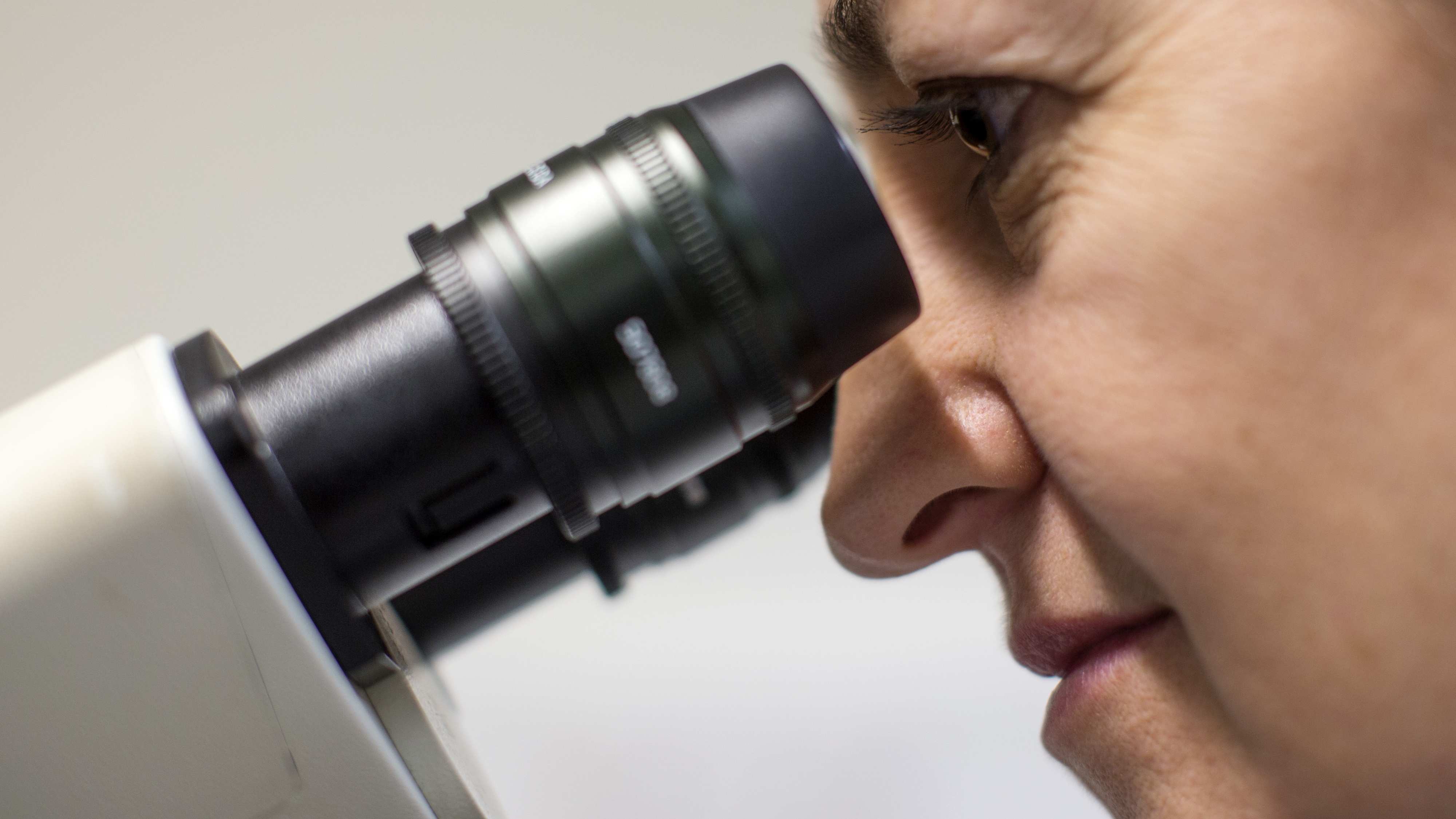
The number of people diagnosed with cancer every year in the UK is projected to rise to 500,000 by 2040, according to Cancer Research – but recent scientific breakthroughs provide a glimmer of hope for a cancer-free future.
Around 167,000 people die of cancer in the UK every year, according to Cancer Research UK, and that number is projected to rise by almost a quarter by 2040.
This rise is primarily due to an ageing population as well as high smoking and obesity levels, said the charity.
The Week
Escape your echo chamber. Get the facts behind the news, plus analysis from multiple perspectives.

Sign up for The Week's Free Newsletters
From our morning news briefing to a weekly Good News Newsletter, get the best of The Week delivered directly to your inbox.
From our morning news briefing to a weekly Good News Newsletter, get the best of The Week delivered directly to your inbox.
The recent rise in waiting times at UK hospitals isn’t helping the increase, said The Guardian. Fewer than 3% of NHS Trusts met the waiting time target of treating 85% of patients within two months of an urgent referral last year, leaving patients with their “lives left hanging in the balance,” tweeted Macmillan Cancer Support.
But in recent years scientists have made major breakthroughs in cancer research and treatments. Here are some of the latest discoveries.
A simple test for breast cancer
A fingerprint test could be used to screen women for breast cancer. That’s the possibility raised by a study of 15 women which found that sweat on the fingers contains proteins that make it possible to detect breast cancer with a high degree of accuracy.
Researchers at Sheffield Hallam University used a technology called Matrix Assisted Laser Desorption Ionisation Mass Spectrometry (MALDI MS) to analyse fingerprint smears from patients with benign, early or metastatic breast cancer.
A free daily email with the biggest news stories of the day – and the best features from TheWeek.com
With machine-learning applied, the technology was able to predict the category of cancer with an accuracy rate of almost 98%.
Current methods of screening and detection, such as biopsy and mammogram, are effective, but they can be uncomfortable for patients. The team said their trial had only provided proof of concept, but hoped to now take their research to the next stage after promising results so far.
Loyalty cards to detect cancer
Almost 95% of patients diagnosed with stage one ovarian cancer will survive for five or more years. But the odds of survival fall rapidly for later diagnoses – and the cancer is one of the most difficult to detect early.
Researchers at Imperial College London have found a novel mechanism for identifying cases sooner: supermarket loyalty-card data.
Symptoms of ovarian cancer include abdominal pain, bloating and appetite loss. These symptoms can be caused by far less serious ailments, and so women who experience them may not think to consult their GP. But they may buy over-the-counter treatments to treat their symptoms – and their purchases are recorded by supermarket loyalty cards.
For the study researchers recruited almost 300 loyalty-card users, more than half of whom had been diagnosed with ovarian cancer, and looked at the retailers’ data to analyse their shopping histories.
In a report published in The BMJ, researchers found a “noticeable increase in purchases of pain and indigestion medications among women with ovarian cancer up to eight months before diagnosis”.
More extensive studies are needed to verify the findings, but the authors hope it will be possible to use such data to create an alert system that would urge women to consult their GPs if they appear to be suffering from symptoms of ovarian cancer.
Ants can sniff out cancer
Dogs have been trained to sniff out cancer; now it turns out that ants can do it too.
The insects do not have noses, but they do have a plethora of olfactory receptors on their antennae. This gives them a very good sense of smell, which they can use to detect the volatile organic compounds that are released by tumours, and which can appear in sweat, urine and breath vapour.
Dr Baptiste Piqueret, of the Sorbonne Paris North University, had already trained ants to distinguish between healthy cells and cancerous cells grown in a culture.
His new study, published by The Royal Society, was designed to find out if they could do the same for a real tumour.
The research involved transplanting cancer cells from a human into mice, and letting them develop. The team then collected urine from these mice, and from healthy mice, and by giving sugar water with the cancerous mice’s urine, trained the ants to associate its smell with a reward.
Within ten minutes or so, the ants were lingering longer by the cancerous mice’s urine, hoping for a reward; by contrast, it can take six months to train a dog. The study was just a proof of concept, but it raises the possibility of ants one day being used as an army of cut-price cancer sniffers.
Cancer vaccine trial
Cancer vaccines could still be some way off, but in an effort to accelerate their development, the German firm BioNTech is going into partnership with the UK Government to deliver personalised immunotherapies for up to 10,000 NHS patients.
The “potentially groundbreaking” cancer vaccines will be based on the mRNA technology that it used to create the Pfizer Covid jab, said The Times.
Whereas chemotherapy kills healthy cells along with the cancer, mRNA treatments can prime the immune system with genetic code from the patient’s specific cancer so it attacks only the tumour.
Some of the patients in the vaccine trial will have already been treated for cancer; the hope is that the immunotherapy stops their tumours returning. The jab will also be given to people whose cancer is still spreading, in the hope that it shrinks the tumour.
Cancer-causing ‘Bond villain’ DNA
Scientists have found pieces of DNA which they say act “like Bond villains” in the way they help cancers spread, said The Guardian, but the discovery of this genetic material could “revolutionise” the treatment of the “most aggressive tumours”.
Tumours occur when a cell begins to act abnormally and divides uncontrollably. Tumour-causing genes can be “targeted” using various drugs and therapies, but resistance to these methods is common – and scientists now think genetic particles called extrachromosomal DNA (ecDNA) are to blame. These “genetic villains” are present in a third of all cancers, according to research from Queen Mary’s University.
EcDNA is found to have “quickly disappeared when threatened by cancer drugs,” and then “reappeared once it [is] safe for it to start causing damage again,” explained Professor Paul Mischel of California’s Stanford University, one of the leaders of the programme.
The discovery of ecDNA is “a game changer”, said Mischel. “We believe they are responsible for a large number of the more advanced, most serious cancers affecting people today. If we can block their activities, we can block the spread of these cancers.”
-
 How will China’s $1 trillion trade surplus change the world economy?
How will China’s $1 trillion trade surplus change the world economy?Today’s Big Question Europe may impose its own tariffs
-
 ‘Autarky and nostalgia aren’t cure-alls’
‘Autarky and nostalgia aren’t cure-alls’Instant Opinion Opinion, comment and editorials of the day
-
 Japan’s Princess Aiko is a national star. Her fans want even more.
Japan’s Princess Aiko is a national star. Her fans want even more.IN THE SPOTLIGHT Fresh off her first solo state visit to Laos, Princess Aiko has become the face of a Japanese royal family facing 21st-century obsolescence
-
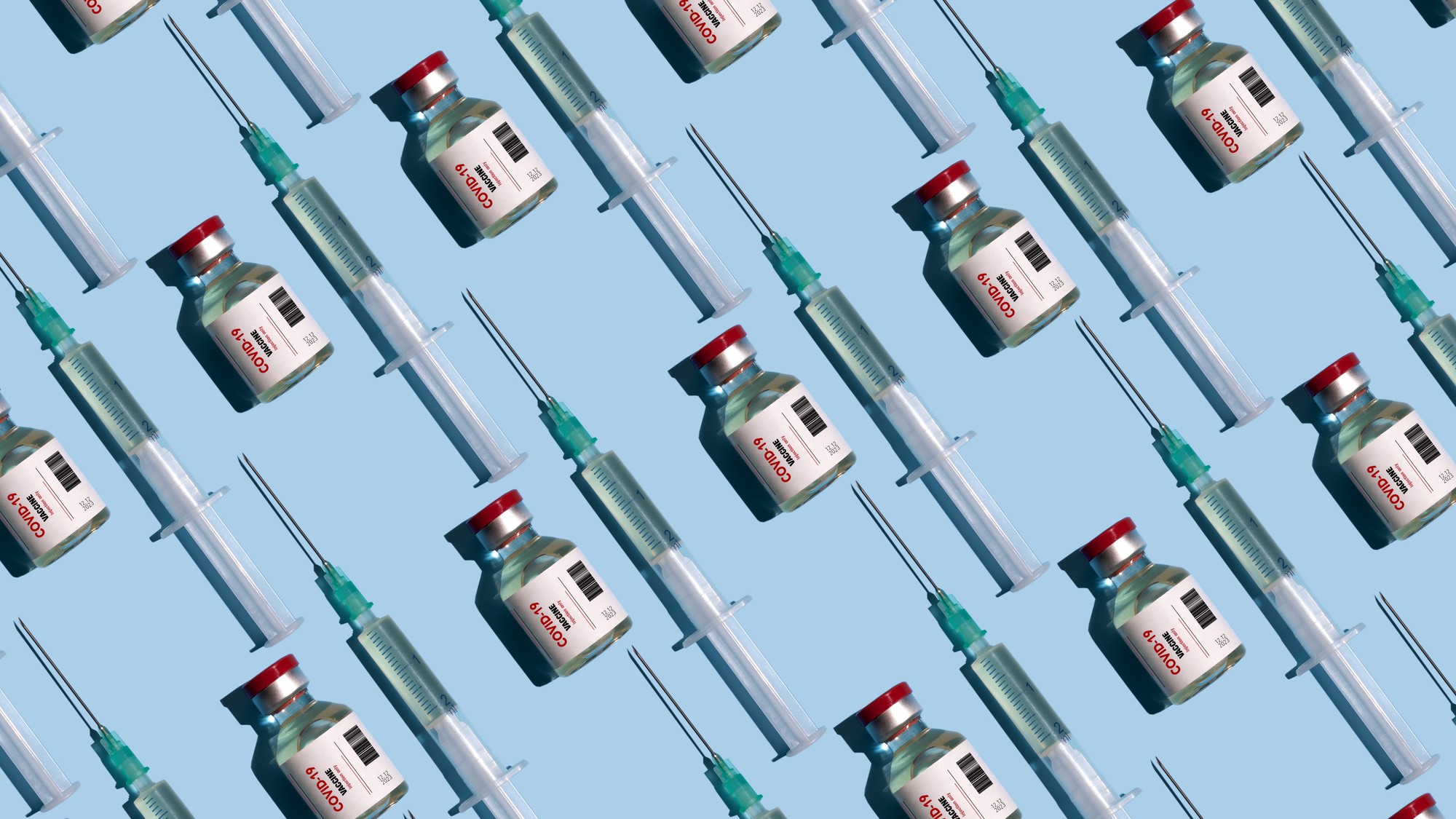 Covid-19 mRNA vaccines could help fight cancer
Covid-19 mRNA vaccines could help fight cancerUnder the radar They boost the immune system
-
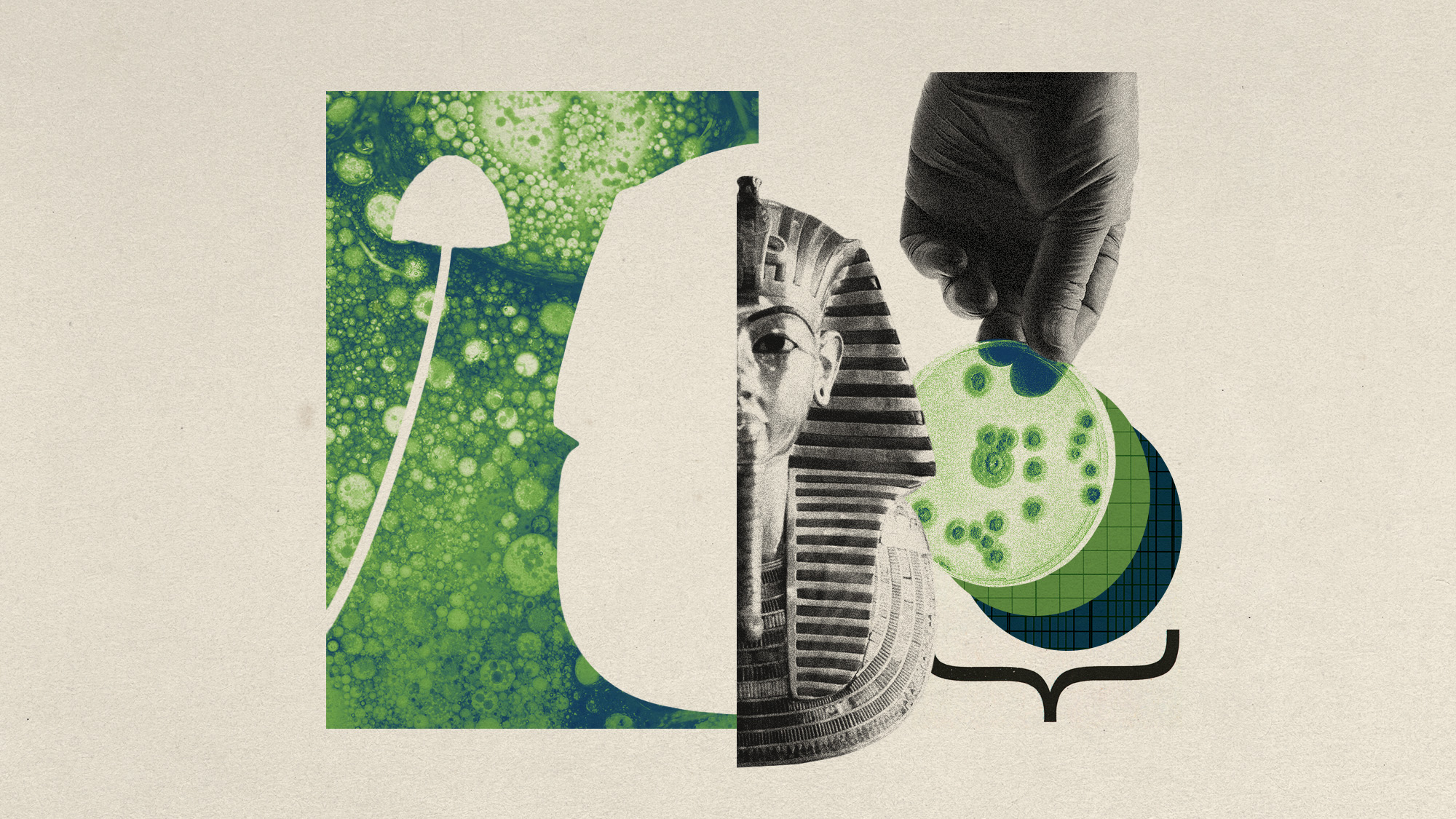 Deadly fungus tied to a pharaoh's tomb may help fight cancer
Deadly fungus tied to a pharaoh's tomb may help fight cancerUnder the radar A once fearsome curse could be a blessing
-
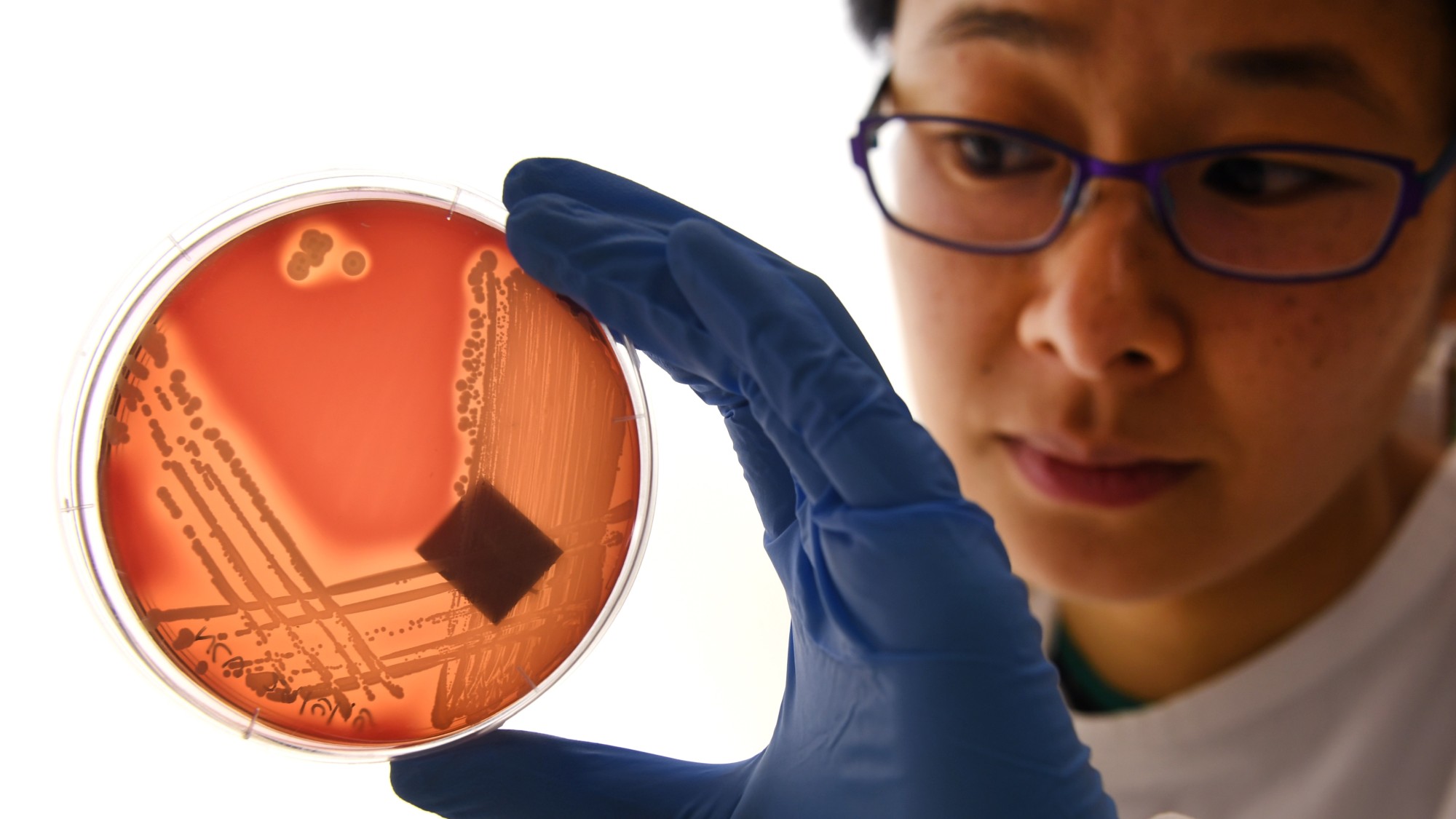 'Poo pills' and the war on superbugs
'Poo pills' and the war on superbugsThe Explainer Antimicrobial resistance is causing millions of deaths. Could a faeces-filled pill change all that?
-
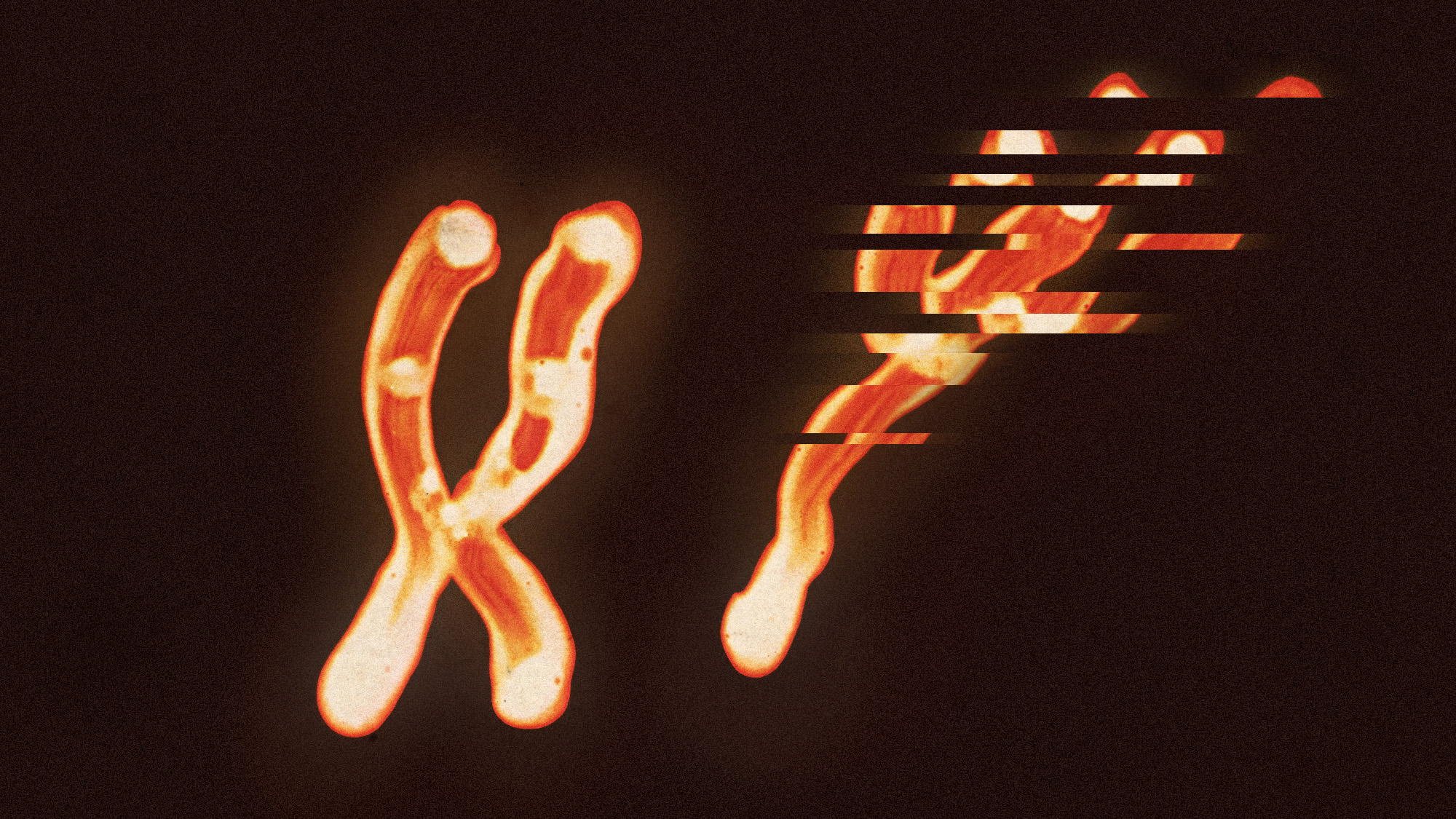 The Y chromosome degrades over time. And men's health is paying for it
The Y chromosome degrades over time. And men's health is paying for itUnder the radar The chromosome loss is linked to cancer and Alzheimer's
-
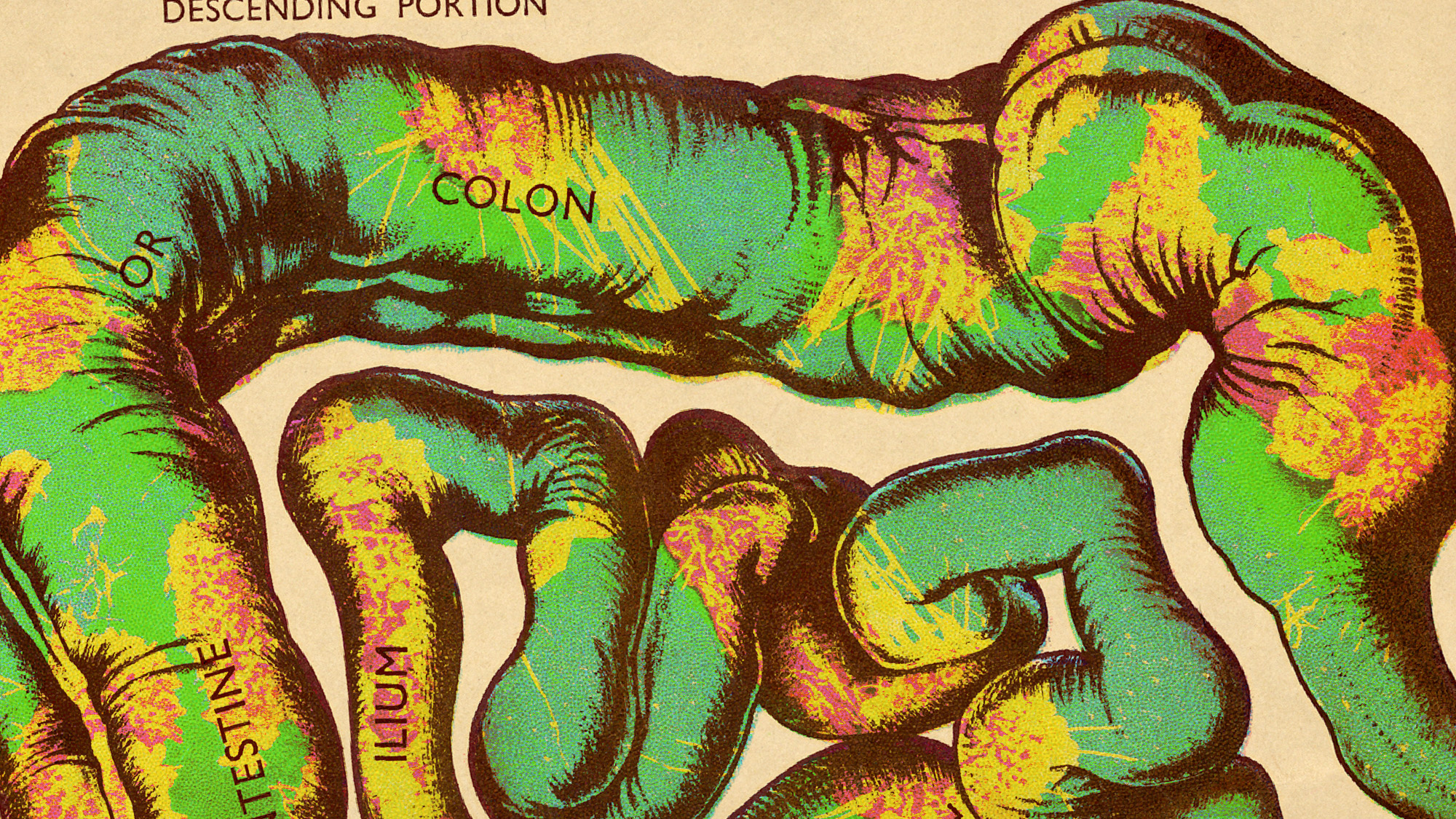 A bacterial toxin could be contributing to the colorectal cancer rise in young people
A bacterial toxin could be contributing to the colorectal cancer rise in young peopleUnder the radar Most exposure occurs in childhood
-
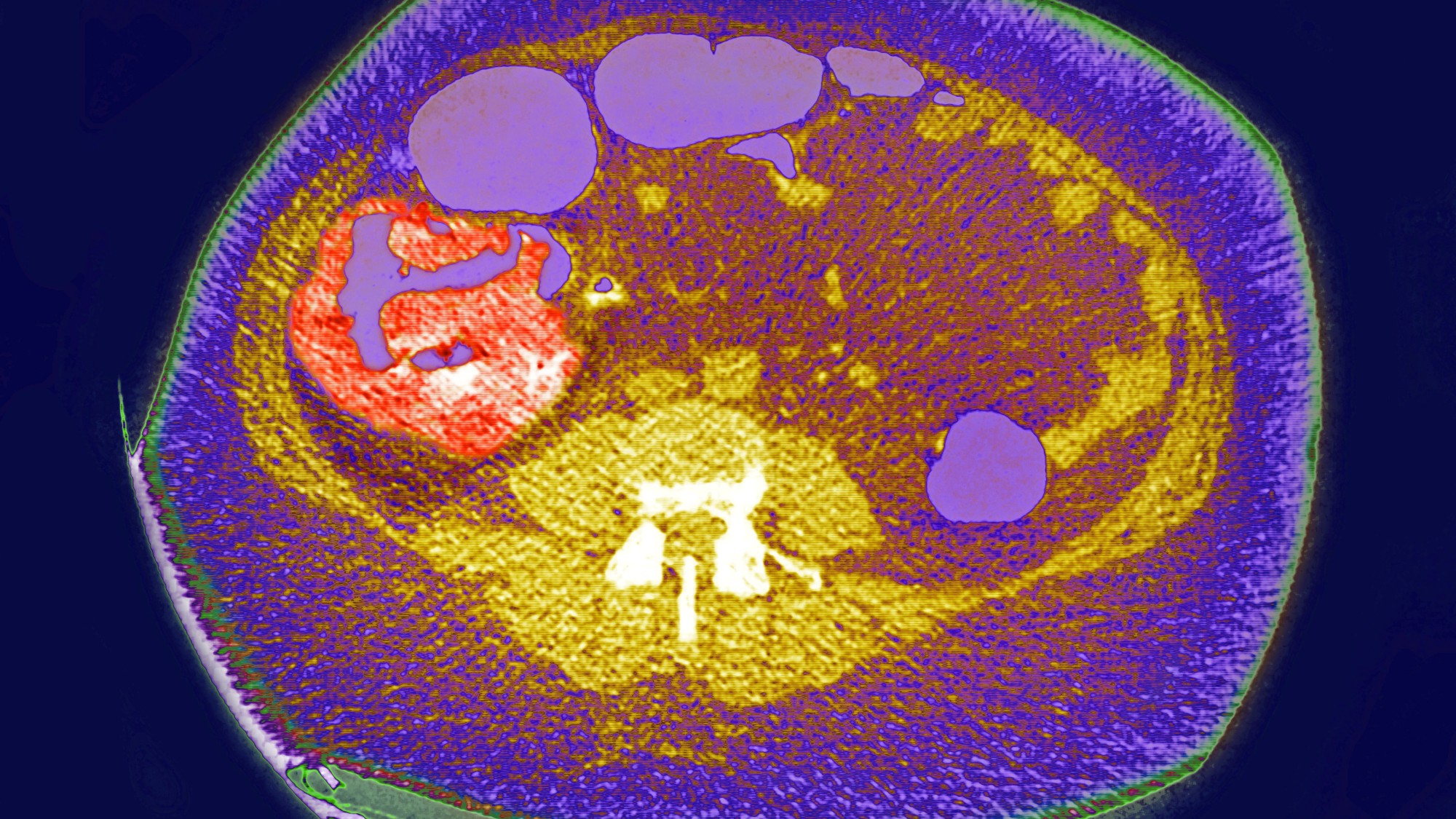 Why are more young people getting bowel cancer?
Why are more young people getting bowel cancer?The Explainer Alarming rise in bowel-cancer diagnoses in under-50s is puzzling scientists
-
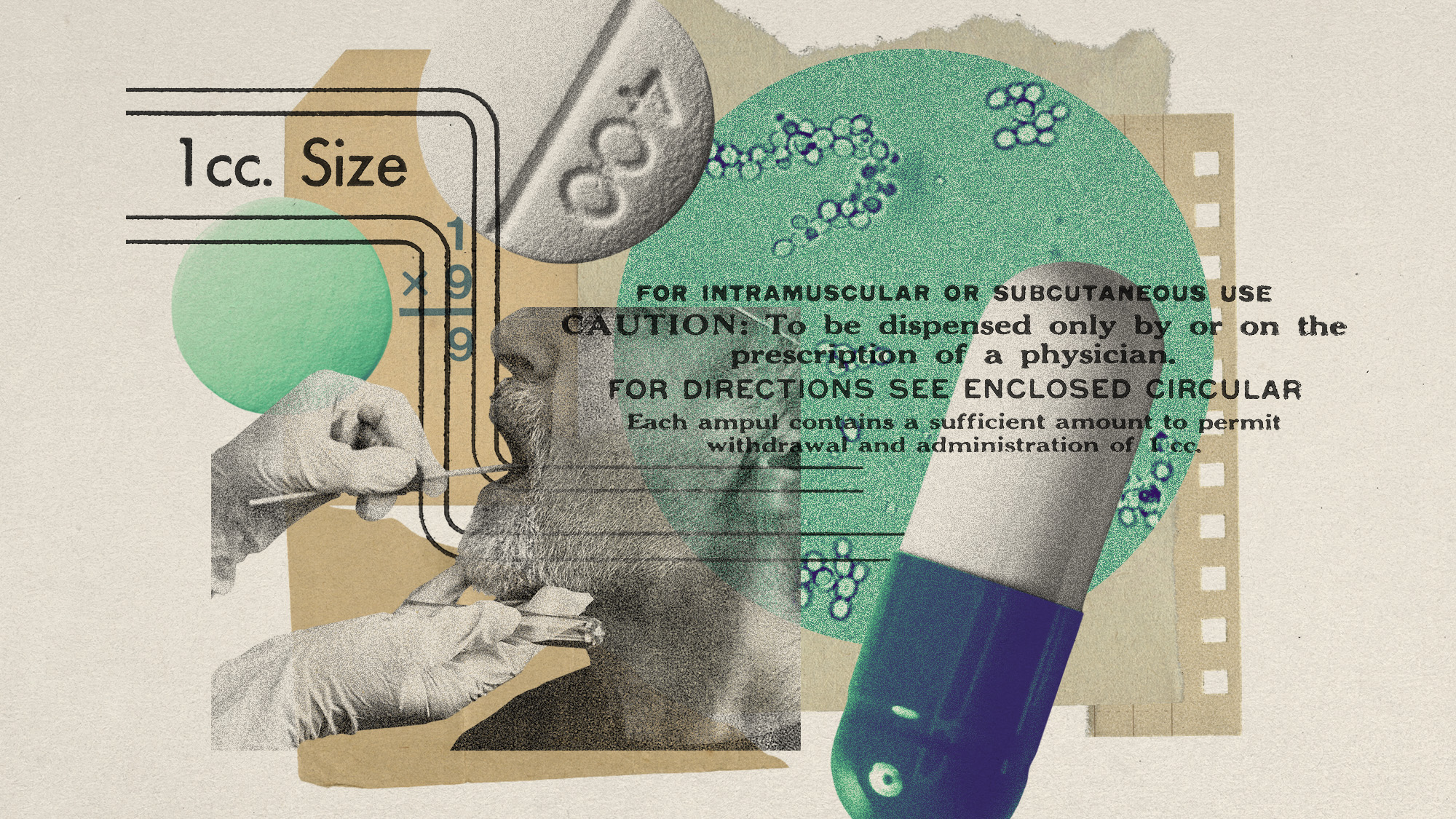 Five medical breakthroughs of 2024
Five medical breakthroughs of 2024The Explainer The year's new discoveries for health conditions that affect millions
-
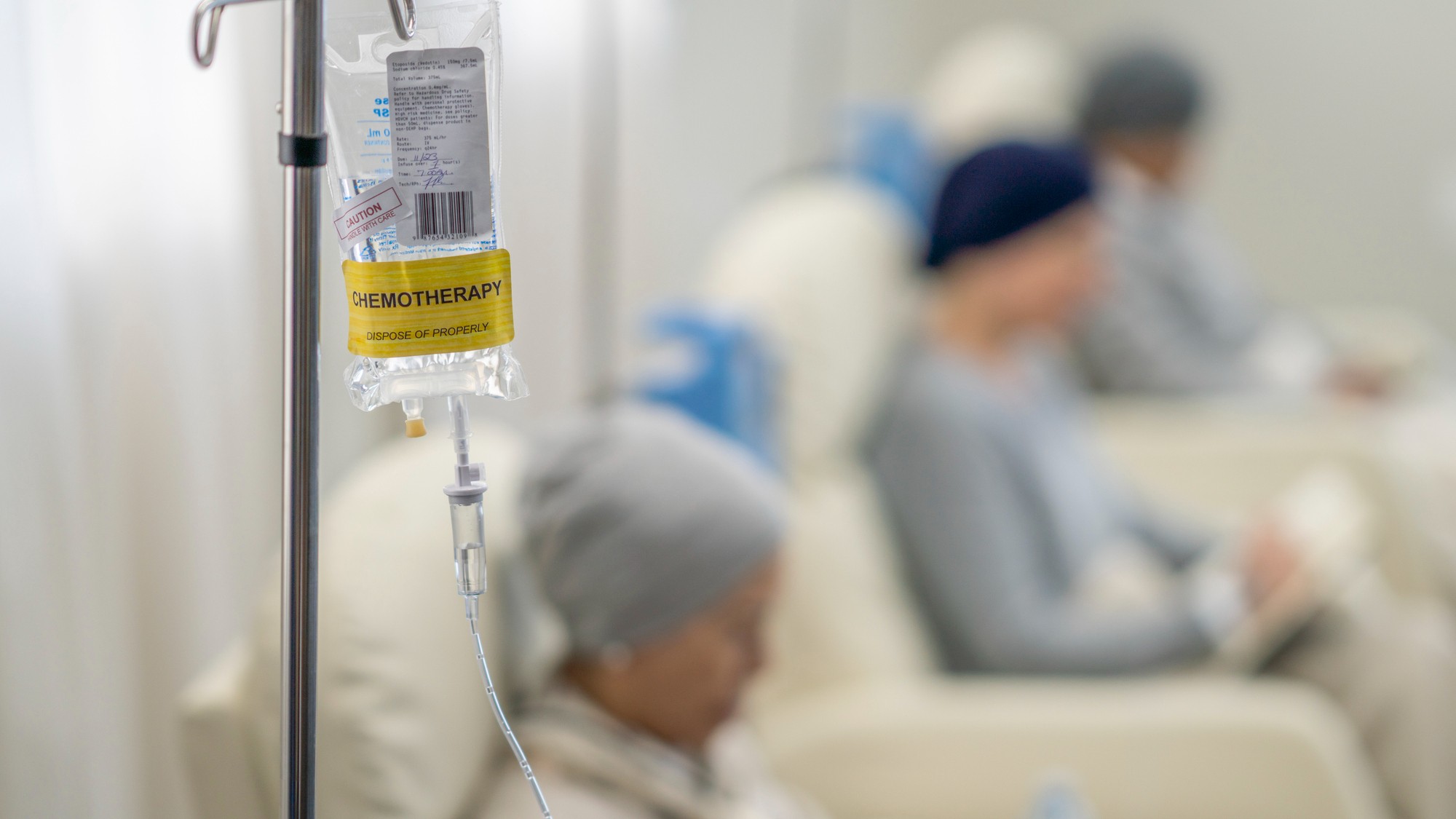 Covid might be to blame for an uptick in rare cancers
Covid might be to blame for an uptick in rare cancersThe explainer The virus may be making us more susceptible to certain cancers